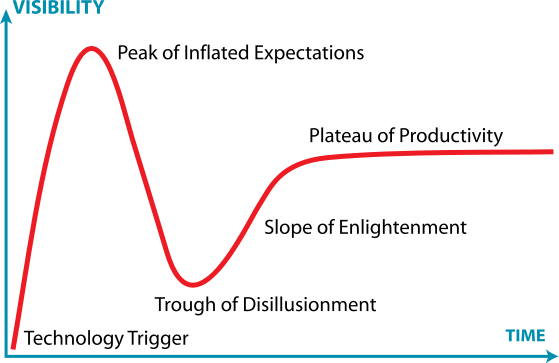Helen Morant: Education meets technology in Texas
11 Mar, 14 | by BMJ
Educators and educational technology entrepreneurs have been mixing at SXSWedu. Our online learning platform, BMJ Learning, is thinking hard about its next phase, so Dr Helen Morant went along to the educational innovation conference in Texas to see if we could learn anything.
-
Now we can measure everything, we can start measuring the right things
The most exciting thing about online learning is how we can measure things that we couldn’t dream of before. Everyone knows that time is a terrible measure of value in education, but for a long time it is all we had. Now education and assessment are moving online, we have piles of data that is useful for students and their teachers, appraisers and assessors. What learners do online, and how they do it can all be recorded and fed back to create hyper personalised learning experiences. But perhaps the most exciting thing is that education is moving out of being a woolly social science discipline into something evidence based and important. And we’ve barely scratched the surface of the data.
-
The best way to learn is by doing
We’ve known this for ages and it was nice to have it confirmed by Ross Strader, Director of Learning Engineering at Stanford. It is a lovely simple rule that is backed up by years and years of learning science evidence (although, of course, nuanced in its application). When we’re creating new ways of learning, online or in real life, making sure there is “doing” involved is a central principle that we cannot overlook.
-
Personalisation can mean a lot of different things
Here’s a horrible sentence: Effective, efficient education using personalised learning journeys with unbundled content can be facilitated by adaptive technologies. I know. But what the educationalists are trying to say is something like this: We’re all different. We’ve got different needs and speeds. Technology can help us figure out our strengths and weaknesses, and show us content that we’ll like, and that will help us learn better and faster. Providers of education need to make sure that any course, module or lecture is delivered in small chunks, so personalisation is precise and works well.
-
Technology is creating new problems as it solves (some of the) old ones
The boring and depressing (to me at least) parts of medical education are memorizing facts and then proving you have memorized them by answering multiple choice questions. Technology means we don’t have to do that anymore…Hooray! Our smart phones can be our memory, and we can be assessed on our clinical and situational judgement. But there might not be wifi. And we are not born with digital literacy (although any parent with a toddler and an iPad will know we are getting close).
My favourite quote about MOOCs was along these lines. A bad lecturer used to only damage the education of a few hundred people a year. Put him in a MOOC and he’s a weapon of mass destruction.
-
MOOCs are a big thing
And not just because the first word of the acronym is Massive (the others are Open Online Course). No one admitted to having a clear, profitable business plan yet, and no one is quite sure where are on the hype curve we are:
But the value of the emergence of MOOCs is in the data about online learning. At scale (massive scale – tens of thousands of people signing up) we can be learning about learning with real data, that will change education for the better.
So, after three days in Texas, I’m excited about the future online education. (I wanted to say I am cheered, but that would be far too reserved a sentiment for a conference where I have participated in three standing ovations because it seemed churlish not to).
by Dr Helen Morant, Clinical Education Specialist, North America
